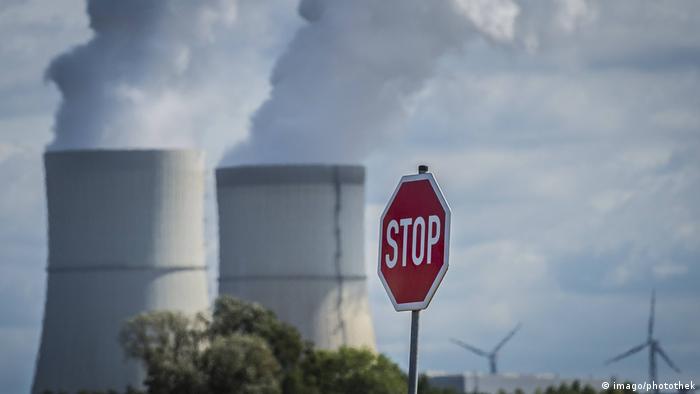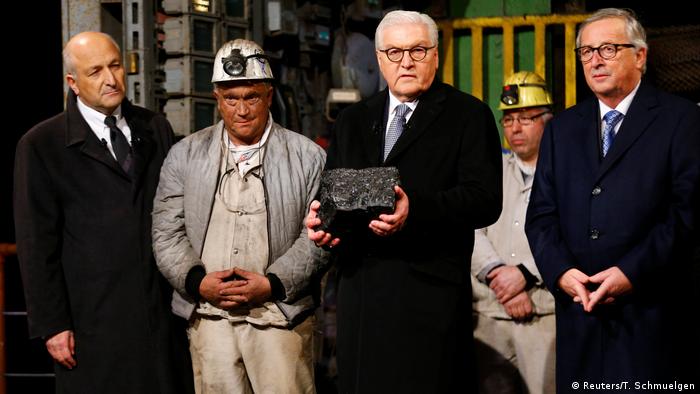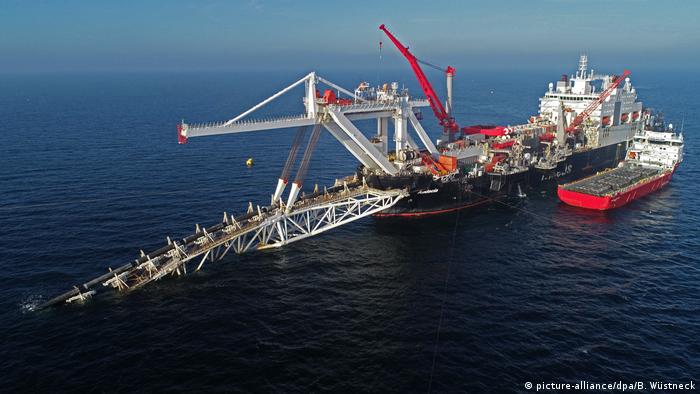The plans until 2038 all German coal-fired power plants shut down, will have an impact on the Russian coal exports is negative. Other Russian energy exports could, however, benefit significantly.

Russia is not only Germany’s biggest supplier of Gas and Oil, more than half of the coal burned in German power plants, comes from Russia. In Germany, it was in the December 2018 – a long-term Plan, following the promotion of coal with the closure of the last colliery in the Ruhr area completed. From now on the whole in Germany used stone imported coal. A number of power plants in Germany, you need for your operation.
At the end of January by the Federal government-appointed Commission “growth, structural change and employment”, a Plan for the gradual closure of the power plants have parallel to the shutdown of brown coal-fired power plants. The Commission representatives of the business community, trade unions, public authorities, environmental organisations and universities. About a year and a half, they worked together on a concept, such as Germany may, in accordance with its international obligations to climate protection and reduction of greenhouse gas emissions the use of coal to finish, without the economy, energy companies and certain regions. The Commission recommends a complete Coal phase-out by at the earliest in 2035, and no later than 2038. The four affected Federal States, the Federal government should pay within the next 20 years with a compensation of 40 billion euros.

The handover of the last piece of coal on Federal President of Germany Frank-Walter Steinmeier in Bottrop in December 2018
Russian interests are directly affected
In recent years, the delivery volumes of Russian coal to Germany have increased rapidly. In 2013, according to data from the Federal Statistical office (Destatis) 11,83 million tons, and in 2017 already 16,32 million tons. In the first nine months of the year 2018 of 12.41 million tonnes of coal were purchased from Russia. 46 percent of the total of Germany’s imported coal. On second place follow by far the USA (5.35 million tonnes) and third in Australia (3.77 million tonnes).
If one takes into account that Germany buys in Russia, almost the only steam coal and not coking coal for the metallurgical industry, more than half of the in German power plants consumed coal from Russian companies, and currently accounts. Therefore, these are particularly affected by the planned Coal phase-out in Germany. Soon, you will suffer significant losses.
According to the plans of the Commission is to be dismantled up to the year 2022 in the case of the coal-fired power plants with a total capacity of at least 12.5 gigawatts (GW). A decline of around five GW in lignite-fired power plants and from about 7.5 up to 7.7 GW, it is recommended in the case of coal-fired power plants. Thus, the Commission proposes to end the production of electricity from imported coal more quickly than the local brown coal. According to the plans up to the year 2030 a reduction of a total of 10.9 GW in lignite-fired power plants and 14.7 GW in coal-fired power plants is to be sought. This means that the German market for steam coal will shrink in the next ten years, around two-thirds.
Renewable energy and natural gas
But what are the coal and nuclear energy to replace, from Germany, also by the end of 2022 is off, in the generation of electricity? “One of the Central instruments for the achievement of the climate goals is the further Expansion of renewable energies”, – stated in the final report of the Commission. Thus, the in the coalition agreement, agreed to a 65-per-cent target could be achieved, it need reliable framework conditions for investments in renewable energies. The Commission recommends that the additional annual amounts for renewable energies to be adjusted in line with the 65 percent target by 2030. In view of the rapid development of the last years and the fact that the end of 2018, around 40 percent of German power generation towards renewable sources of energy accounted for, seems to be this goal to be realistic.

The construction of Nord Stream-2 Pipeline will pump more Russian Gas through the Baltic sea to Germany
At the same time, the Commission has in its report repeatedly on the importance of natural gas. It recommends the promotion of investment in new gas-fired power plants, gas storage and power-to-heat-and-power plants, which generate both electricity and heat. Ultimately, it will run well on a doubling of the share of natural gas in the German power generation, which today is about 13 percent.
The proposed 20-year Plan to the Coal phase-means for the Russian miners, it’s nothing Good, but it opens up new prospects for the Russian gas workers. This is, in essence, the Russian energy giant, Gazprom, which has a monopoly on the Export of Pipeline Gas. You may also be competing with Russian energy companies Novatek and Rosneft, which will offer liquefied natural gas (LNG) from Russia, but will be able to benefit.

